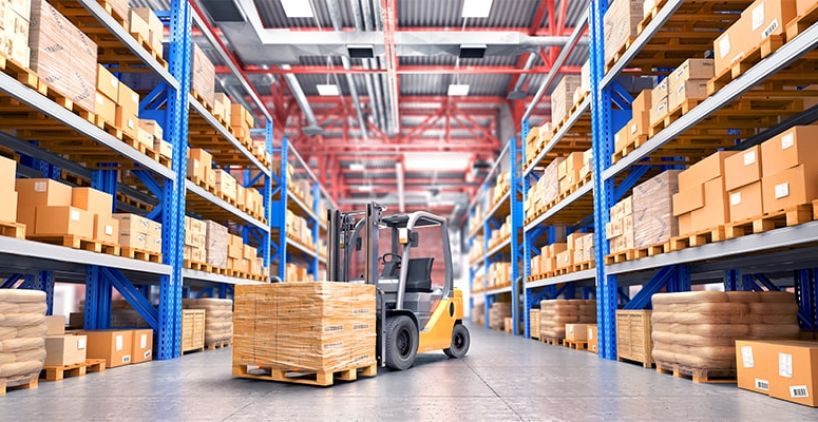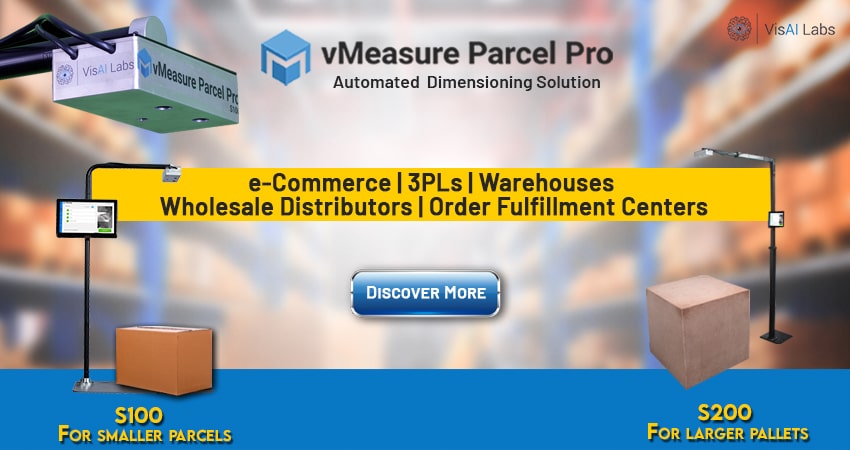Let’s face it. In the world of warehousing, space = money. Unless you are smart with how you utilize space and effort in your warehouses and fulfillment center operations, you may run into a dead-end, as far as profitability is concerned. Especially if your operations involve warehouses, trucks, trailers, shipping containers, and aircraft cargos.
No matter the market, supply chain processes can be painstaking journeys. They involve multiple moving parts like slotting, cartonization, quality control, and shipping. Even if one of these parts gets disrupted, your business feels the pressure. With the global pandemic clouding an already-unpredictable industry, the future may be a lot more uncertain unless you have the right technologies in place.
However, determining the correct size of Stock Keeping Units (SKUs) is just half the battle. When you have cutting-edge dimensioning and weighing capabilities in place, you can increase workforce productivity and decrease expenses, including dunnage costs.
At the end of the day, dimensioning and weighing means saving money, driving margins, and profitability by optimizing functions. From picking, packing, and storage to shipping, and distribution, it comprises several building blocks that help manage warehouse operations.
Traditional vs. automated dimensioning
Traditional methods of measuring products, packages, and pallets – using a tape and ruler have their limitations. They tend to be:
- Time-consuming and workforce -intensive
- Prone to errors, causing delays and damages
- Expensive due to rising quality costs
- Hindrance on workforce productivity.
Automating the dimensioning process gets rids of these issues, quickly measures the SKUs, and uses the spaces resourcefully. Automated dimensioning systems can also:
- Simplify and hasten warehouse functionalities, processes, and procedures
- Redress operational costs and overheads
- Avoid issues that inhibit warehouses from fulfilling customer orders
- Reduce carbon footprint and wastage
- Bring about greater warehouse sustainability by managing records electronically
- Eliminate wastage of boxes, corrugate, dunnage, and packing materials
- Be environment-friendly
Two major types of dimensioning equipment
Large Freight Dimensioners
Package Dimensioners
Why are dimensioning and weighing systems vital to your business?
- Measuring equipment for small parcels
- Portable cubing and weighing workstations
- In-line cubing machines for automated sort facilities
- Large static systems to quantify the dimensions and weights of larger packages and palletized loads.
5 reasons why your warehouses need dimensioning and weighing solutions
01
Reduces inaccuracy in shipping costs:02
Simplifies slotting:03
Improves cartonization:04
Assists capacity planning:05
Boosts quality control:Remember that without proper dimensioning and weighing systems, even the most advanced, innovative AI and ML-enabled robots and systems would be unable to maximize your warehouse’s potential. Today, future-ready warehouses are gunning to control costs and drive profits by ensuring accurate dimensions and weight measurements.




